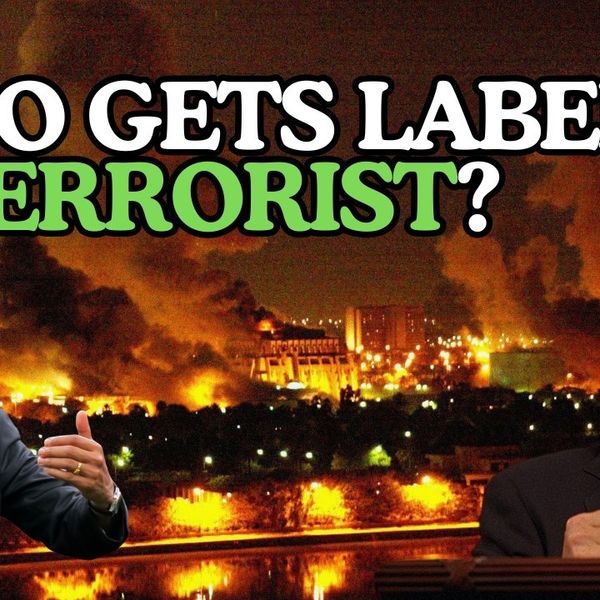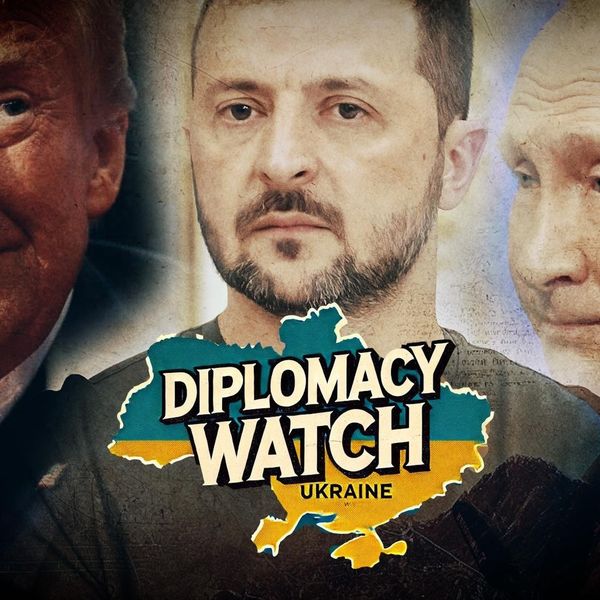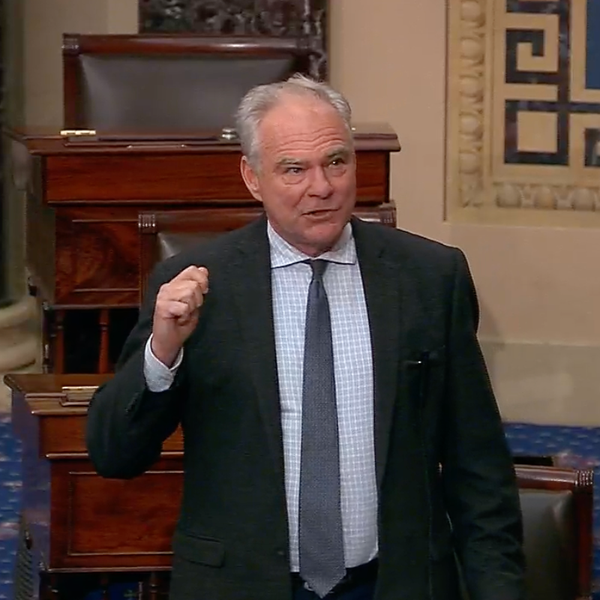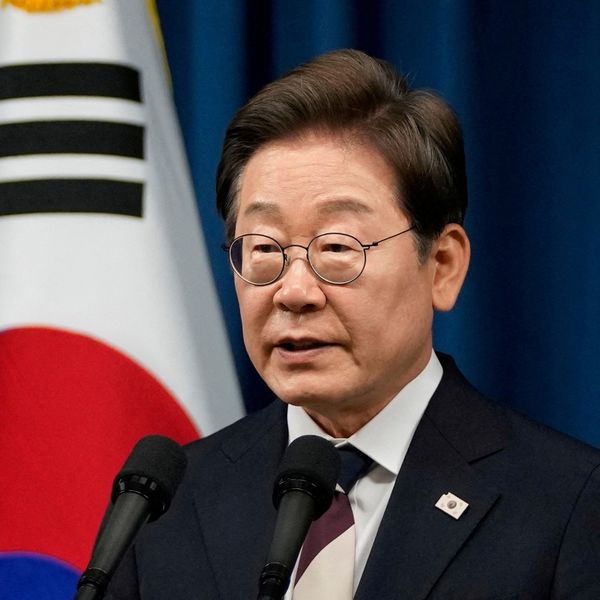Update 5/19 10 p.m. ET: Secretary of State Antony Blinken and Russian Foreign Minister Sergei Lavrov met Wednesday in a sideline meeting in Iceland. Both men described the conversation as amicable in tone, acknowledging where interests converge —and diverge — and appearing open to beginning more concerted dialogue.
The guiding motto of Secretary of State Anthony Blinken going into his meeting with Russian Foreign Minister Sergei Lavrov in Iceland should be “first, do no harm.” Because, as we know, the single most important purpose of this meeting is to make possible a summit between President Biden and President Putin in Europe next month.
Russia has not yet agreed to this U.S. proposal. Assuming that the Biden administration really does want the summit to go ahead (and there are excellent reasons for it: to reduce U.S.-Russian tensions, and enable cooperation where possible), it would be senseless for Blinken to engage in the kind of harsh language with which the Biden administration began its relationship with Russia.
If the U.S. hope is that the summit should happen and yield some positive results, then it would also be utterly counterproductive for Blinken to begin his talks with Lavrov with the issues on which the United States and Russia strongly disagree, like the Russian annexation of Crimea. There is no possibility of Washington and Moscow reaching agreement on this at all soon, so this kind of issue can be left to a (let us hope diplomatically-phrased) U.S. statement of principles after the meeting.
If it is true as reported that the Biden administration is reducing U.S. opposition to the Nord Stream 2 gas pipeline from Russia to Germany, this will be an excellent practical step to begin laying the foundation of a new U.S.-Russian relationship, and the start of cooperation on issues where theirinterests coincide.
The discussions in Reykjavik should begin with those issues on which both governments are in fact largely on the same page, and where a measure of cooperation or at least regular consultation should be entirely possible. This list can obviously begin with some small practical steps in the fight againt COVID.
Then comes Afghanistan. Both Washington and Moscow accept that if there is to be peace in Afghanistan, the Taliban will have to be given a real share of power. Neither Moscow nor Washington however want the Taliban to gain complete control. Following the U.S. military withdrawal, Russia and other regional states will play a critical role in trying to bring about and maintain an Afghan settlement.
In Afghanistan, both the United States and Russia share a vital interest in preventing the growth of the Islamic State (called in Daesh in Afghanistan). Discussions on this can lead in turn to renewed cooperation in the wider fight against Islamist terrorism, which has inflicted such terrible losses on both Russia and America. It may be noted in this regard that many recruits to ISIS and terrorists in the West (including the perpetrators of the Boston terrorist attack of 2013) come from Chechnya and other areas of Russia, and from groups that were previously involved in the Chechen insurgency against Russia.
Even though portrayals of the terrorist threat to the United States were greatly exaggerated in the wake of 9/11, it remains a real threat to the lives of American citizens (in a way that the dispute over eastern Ukraine really, truly does not). To allow tensions with Russia to block cooperation in this area would be an absolute negation of the Biden administration’s promise to craft a “foreign policy for the middle class”.
Both governments now also agree in principle on climate change. How far any practical cooperation may be possible is not clear, but at least a consensual joint statement should be unproblematic. The same is true of the issue of nuclear arms limitations. No rapid agreement on this is likely; but the fact like Presidents Reagan and Gorbachev at their famous nuclear summit, Blinken and Lavrov are meeting in Reykjavik, should be an opportunity for a strong statement of common desire for progress.
Having begun with what ought to be the easiest bits, and established basic goodwill, Blinken should then move on to the areas where both countries continue to disagree, but where both sides have indicated that they do not want to further escalate tensions. These include the simmering conflict in eastern Ukraine, where Blinken should give assurances that Washington will not encourage Ukraine to launch attacks, and Lavrov that Russia will not allow the Donbas separatists to do so. Finally, given the potential for this issue to cause crises in the U.S.-Russian relationship, there needs to be at least preliminary talks on a new approach to a common agreement on cyber-attacks.
Or of course Blinken can spend the meeting striking moral poses while Lavrov glowers and growls from across the table. That would be wholly in keeping with recent relations between the United States and Russia — and completely unprofitable for both countries.















